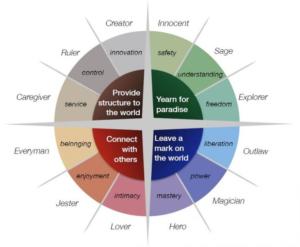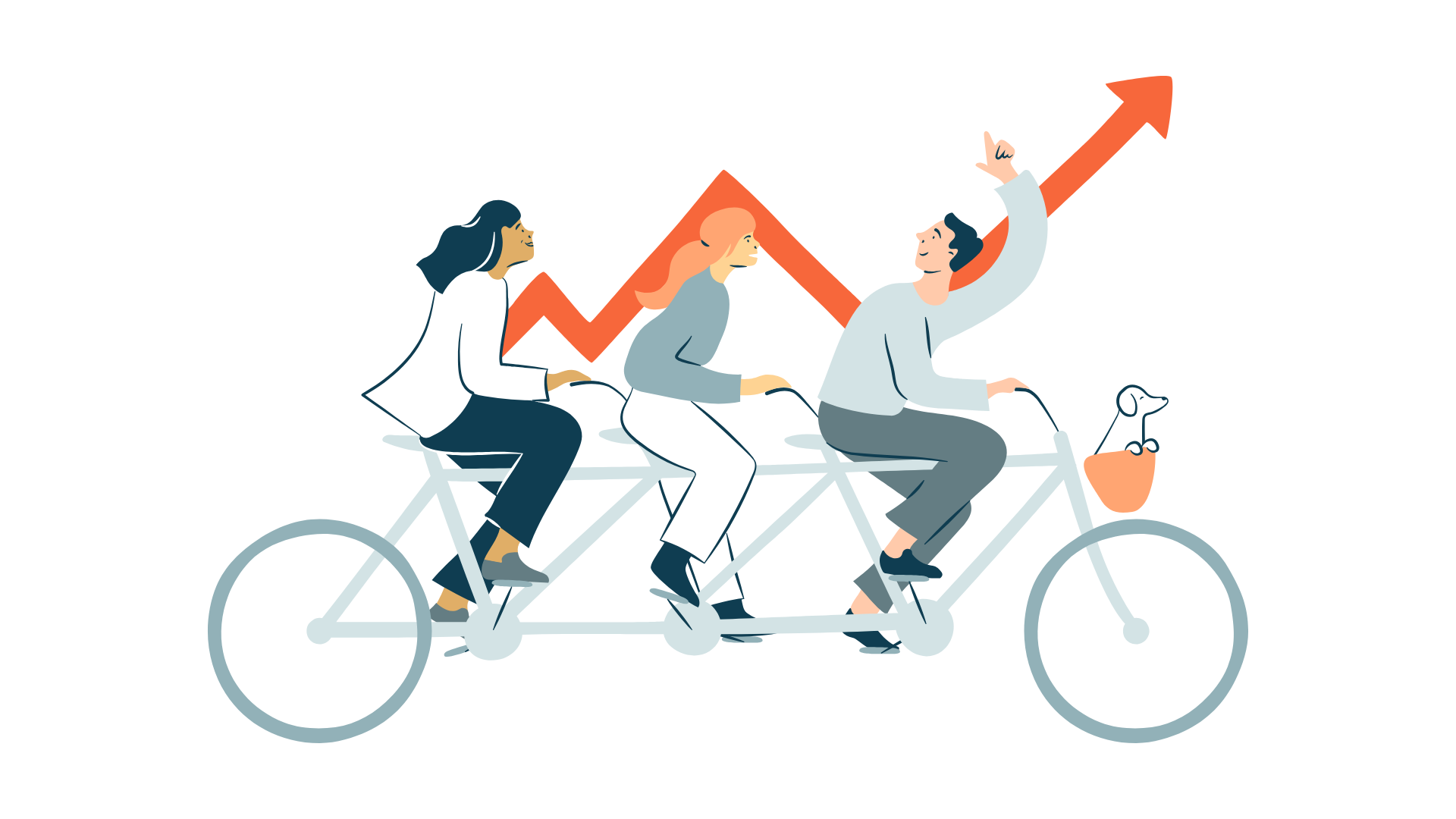This is the last part of blog series: ”Design Essentials: How to Prosper on Every Platform”.
Know Thy Customer

We have now discussed platform and context, so let’s dive a bit into our customer.
Your customer is most likely a Homo Sapien.
The need for self-expression
I sometimes like to fall back on Maslow’s hierarchy of needs when trying find fresh ideas. To simplify the theory, after the essential needs for humans have been fulfilled, comes the level of self-expression.
Some animals do self-expression, but this is where human behaviours are on another level. Expressing identity is nowadays a hot topic; maybe it always was. Clothing, makeup, jewellery, behaviour and rituals are a part of every culture since ancient history. The ruling Pharaoh in ancient Egypt had various styles of crowns to express his/her authority.
People do self-expression via brands as well:
In a culture that values individuality and personality, what we choose to wear, to drive, even what we order at a restaurant, are potential opportunities to fulfil our need for self-expression and marketers must understand and find ways to fit their goods into this process.
…Furthermore:
A business cannot reach any individual if there is no clear understanding of what a brand, product, or service symbolically represents.
(Source)
The need for belonging
The internet is the ultimate way to find like minded people. Maybe you like Manga, live gigs or DIY – There’s always a community available online. The way to connect with communities happens through electronics, mainly apps and websites. Ultimately, all the social connections that are not made in real life rely on some sort of data transmission. As a designer your goal is to build the best possible experience on top of that connection. (Let’s not forget the importance of the whole software team). The Long tail enables easier customer acquisition and sales based on niche items and services.
some neuroscientists have suggested, human beings could be wired to feel pain when we are bereft of social connection, just as evolution has wired us to feel pain when we are deprived of our basic needs (e.g. food, water and shelter).
…
(Belonging) offers ”reassurance that we are not alone,…
(Source)
Brand Archetypes
Successful brands are based on customer values. By creating a lifestyle brand, you have a better chance at succeeding.
(Lifestyle brands) can help us to connect more with our ideal version of ourselves
These businesses have figured out how to earn the respect and trust of their customers by giving them access to the lifestyle they crave.
(Source)
The underlying idea of a lifestyle brand can be traced easily back to Carl Jung and the concept of archetypes. An archetype is a universal idea, symbol or motif, that is repeated throughout history, art, literature, mythology and religion. The 12 Jungian archetypes are presented here:

(Source)
If you wish to build a great brand, you should understand your audience, and build a lifestyle brand based on the ideal version of themselves. Pick 1-2 archetypes to start with.
If you look closely, you will start noticing these archetypes all around you in brands.
Take a look at Patagonia, a clothing company that markets and sells outdoor clothing.

Their marketing is full of awesome landscapes, people living the active outdoor lifestyle. Recently they entered the fight against the climate change, big time.
Now try to categorise them with the 12 archetypes provided.
My interpretation of the archetypes: Explorer + Jester with some adjuncts from Hero. Is your interpretation different?
Putting it all together
As a designer, you need to have a mindful attitude towards life. Learn to observe and enjoy the notes you take. These notes are an invaluable asset for you. To observe things better, start carrying a pen + notebook or a rangefinder camera with you. This helps you get better at observing.
In order to design something great, you will have to tackle multiple things at once. Learn to take a wider perspective, but also be able to focus on the tiniest details. Service design considers touchpoints as any possible interactions happening with your brand, that might affect the way how he/she feels about it. By understanding what happens at each of the touchpoints, you are able to design a better customer experience.
As a service designer, you are obliged to observe your personal experiences and take part eagerly in any new experience opportunities. Especially in large cities, where these services are often well-formed. Think like a service designer when you are having a holiday. This works vice versa, too: Think like a customer when you are doing service design work.
…
As I was writing these three areas of blog posts, I realised that a book would be a better format. I hope I was able to give you some fresh perspectives on design. By tackling platform, context and customer – you are on your way of becoming a great designer!
This post ends blog series: ”Design Essentials: How to Prosper on Every Platform”.
Part 1: Design Essentials: How to Prosper on Every Platform – Know thy Platform (Part 1)
Part 2: Design Essentials: How to Prosper on Every Platform – Know thy Context (Part 2)
Thank you!



